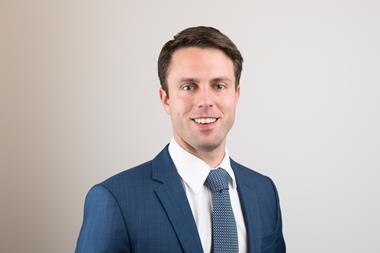Swiss pension fund assets shrank by 9% in 2022 but three out of five providers set interest rates above the required minimum, according to the newest annual study by consultancy Complementa.
Swiss employees’ pension capital earned an average interest rate of 2.0% in 2022, twice as high as the minimum level set by the government. Around one in three Swiss pension funds applied that level, of 1.0%, Complementa found.
Yesterday the Bern-based occupational pensions commission recommended the government raise the rate to 1.25% in 2024.
Separately, the technical interest rate increased for the first time in more than 20 years, which had a positive effect on funding ratios. After years of steady reductions, the rate was increased by 0.1 percentage points to 1.7%. The technical interest rate is based on the projected returns for the pension fund capital on the capital markets, with pension funds anticipating how much interest they can expect to pay on the pension capital during decumulation.
The technical interest rate is one of the parameters that feeds into the conversion rate, which is used to determine the annual second pillar pension from a pension pot. According to Complementa, in 2023 the so-called Umwandlungssatz is at 5.3%, again 0.1 percentage points below the previous year.
“Pension funds are thereby distancing themselves further from the legal minimum conversion rate of 6.8%, which in particular does not take account of higher life expectancy,” said Complementa.
The average conversion rate will probably drop to 5.10% in the next five years as Swiss pension funds act to counter the redistribution entailed in conversion rates that are too high for the technical rate, the consultancy said.
Asset allocation: bonds are back?
Complementa’s study also captured the impact of the higher interest rate environment on Swiss pension funds’ asset allocation. According to the consultancy, every fifth fund plans to increase their bond allocation and another one in five are still discussing this. The majority do not have plans to increase their exposure to bonds, however.
In recent years pension funds scaled back their bond investments in favour of real estate and alternative assets. At the end of 2022 fixed income investments accounted for 36.3% of Swiss pension funds’ allocation whereas in 2013 they represented almost half.
The -9% investment performance was the worst year for Swiss pension funds’ returns since the financial crisis, as also evidenced by the drop in assets recorded by IPE for its latest Top 1000 European Pension Funds guide.
Real estate assets were more resilient in 2022, however, and at the end of 2022 Swiss pension funds’ allocation to this asset class stood at 24%. One in three pension funds plans to reduce their exposure to listed Swiss real estate, however, according to Complementa.
The latest digital edition of IPE’s magazine is now available


















